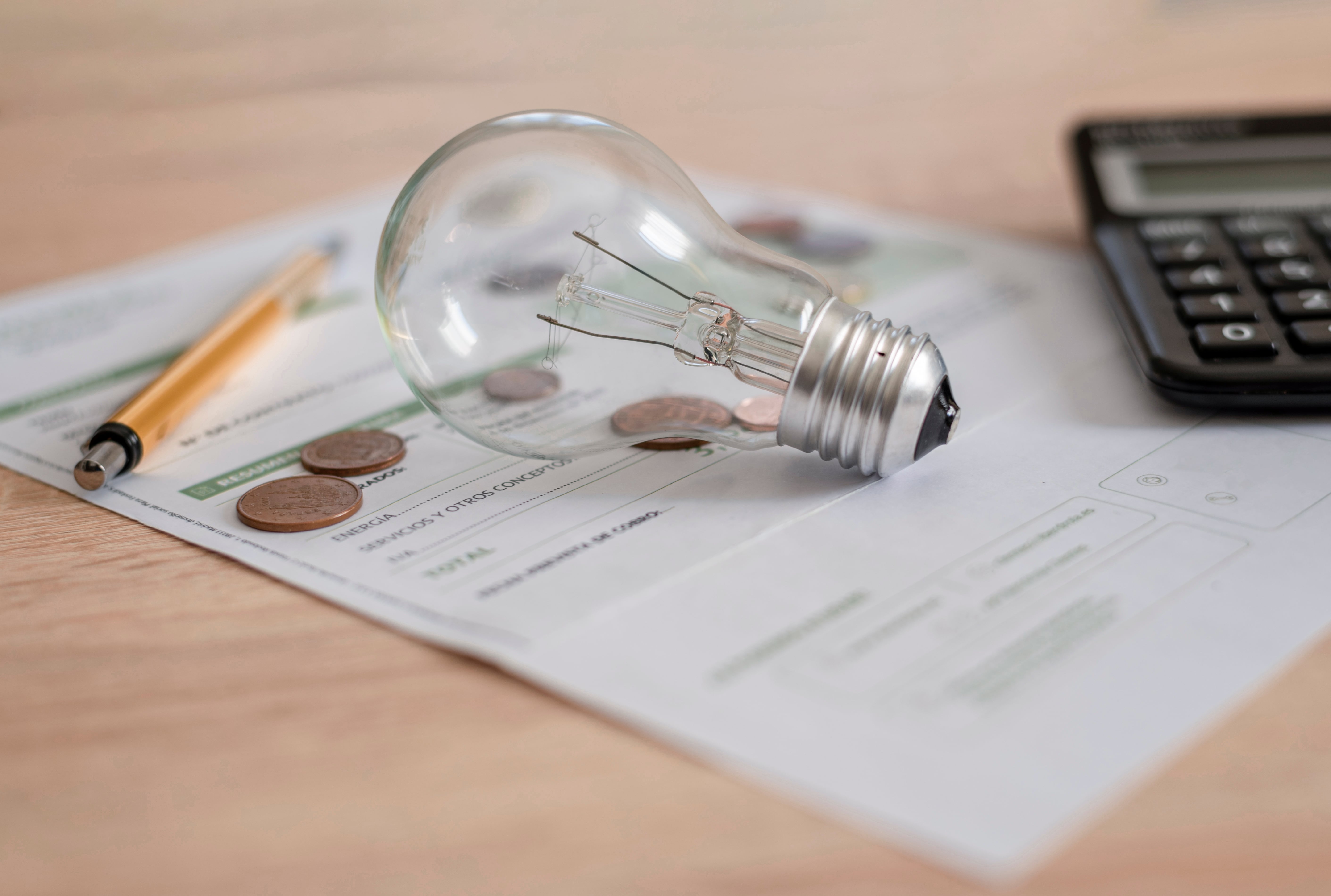Energy in Texas is unlike anywhere else in America. The Lone Star State is the country’s top oil-producing state, making more than three times as much oil as the next state on the list, New Mexico.
Yet Texas is also a leader in renewable energy, in terms of new wind, solar, and energy storage projects. And the state is a true energy leader in more ways than one, including the push for deregulated power in Texas.
{{CTA-Plans}}
Is electricity deregulated in Texas?
The short answer? Yes. Texas electricity deregulation took effect on January 1, 2002. The Texas Legislature laid the groundwork several years earlier with the passage of SB-7 in 1999, which included widescale deregulation, authorization for competition, and mandates regarding renewable energy.
Today Texas is one of the most comprehensive deregulated states in the country, with about 85% of its residents living in deregulated energy markets.
However, natural gas is not deregulated in Texas. While there are other states that have deregulated either natural gas alone, like Florida and Michigan, or some that have deregulated both electricity and gas, including New York and Illinois, electricity is the only energy in Texas that is deregulated.
What is deregulated energy?
Deregulated energy is a market in which there are multiple service providers, rather than a single monopoly. Deregulated markets have essentially been opened up for competition by “unbundling” or splitting up various services. The service providers are then able to offer more flexibility and choices to the customer.
There are three factors when it comes to delivering electricity: generation, transmission (TDUs), and consumption (REPs). Deregulated power markets essentially separate the distribution aspect from generation and transmission and allow competition in this area. Customers are able to choose from multiple providers, similar to how they might shop for cell phone or internet service, rather than having no choice.
While Texas deregulated energy is the most well-known, this type of market actually has a long history. When electricity first became widely available, the market was naturally deregulated. But the government felt this led to price-gouging and other negative effects, so it began regulating electricity in the 1930s. Since then, several states have moved back to deregulation for electricity, natural gas, or both.
What is the difference between regulated vs. unregulated power markets?
In a regulated power market, there is often one company that generates the electricity, transmits it over the power lines, and distributes it to customers. In a deregulated market, there is typically a utility company that generates and transmits electricity, but there are multiple companies that distribute it. That means there is more competition and more choice for consumers.
Proponents of deregulated energy argue that it leads to less price-gouging, lower costs, and fewer blackouts. But does it really help you save money on your electricity bill?
Some reports on Texas deregulated energy have shown that customers in competitive areas actually pay higher prices than those in regulated areas. However, this could be due to customers not shopping around or a lack of energy-efficient homes.
The gap between regulated vs. unregulated power markets in Texas is narrowing, with prices in deregulated areas seeing large drops and those in regulated areas steadily rising. And there is one definite winner in deregulated markets: large businesses, which can more easily compare prices and negotiate contracts with providers.
Proponents also argue that energy deregulation leads to more innovation and faster adoption of renewable energy. Texas’ status as a leader in the renewable sector seems to lend this argument some proof. Considering there are many benefits of renewable energy for the consumer, this factor is certainly a bonus. You can learn about solar energy and more on our website.
How does deregulated power in Texas work?
Texas electricity deregulation can seem complicated, but it doesn’t have to be.
Let’s start with the basics. Electric utilities in Texas are controlled by different companies and owners, depending on the stage of delivery. There are more than 650 power plants that generate electricity, then send it out to the transmission lines. The transmission lines, which bring electricity to homes, are owned by five different utility companies, who are also responsible for maintaining and repairing them.
Distribution companies then sell the electricity to the consumer. The laws regarding deregulated power in Texas introduced competition in this area, and there are now more than 100 providers statewide, although the providers vary by region.
Texas deregulated electricity covers about 85% of customers in the state. That’s because there are several exclusions from mandatory deregulation: certain investor-owned utilities, member-owned electricity co-ops, and municipally or publicly owned utilities. Those who live in these areas still operate under a regulated system and typically only have one possible electricity provider.
Electric Reliability Council of Texas (ERCOT) operates the Texas deregulated power grid.
What are the deregulated cities in Texas?
Texas’ deregulated energy rules cover most of the state. Three of the largest deregulated cities in Texas are Houston, Dallas, and Fort Worth. Other large cities that are deregulated include Corpus Christi, Galveston, Plano, and Waco.
However, there are some larger cities that are still regulated, including Austin, Brownsville, College Station, El Paso, Garland, and San Antonio. Much of northern Texas, including most of the Panhandle, remains regulated, as well as some of the far western and far eastern parts of the state. Some cities are even partially regulated and partially deregulated.
If you’re not sure if you live in one of the deregulated cities in Texas, you can contact your municipality to find out. They can also give you guidance on comparing your electricity options and finding a good provider.
Deregulated power in Texas is a huge opportunity for customers to take control of their electricity costs and an incentive for providers to innovate.
Learn more about Gexa Energy and their 100% renewable plans from environmentally friendly renewable sources.






































